The All-New Moritz Grossmann Perpetual Calendar
The first QP of the Glashütte-based brand, treated with tradition and style.
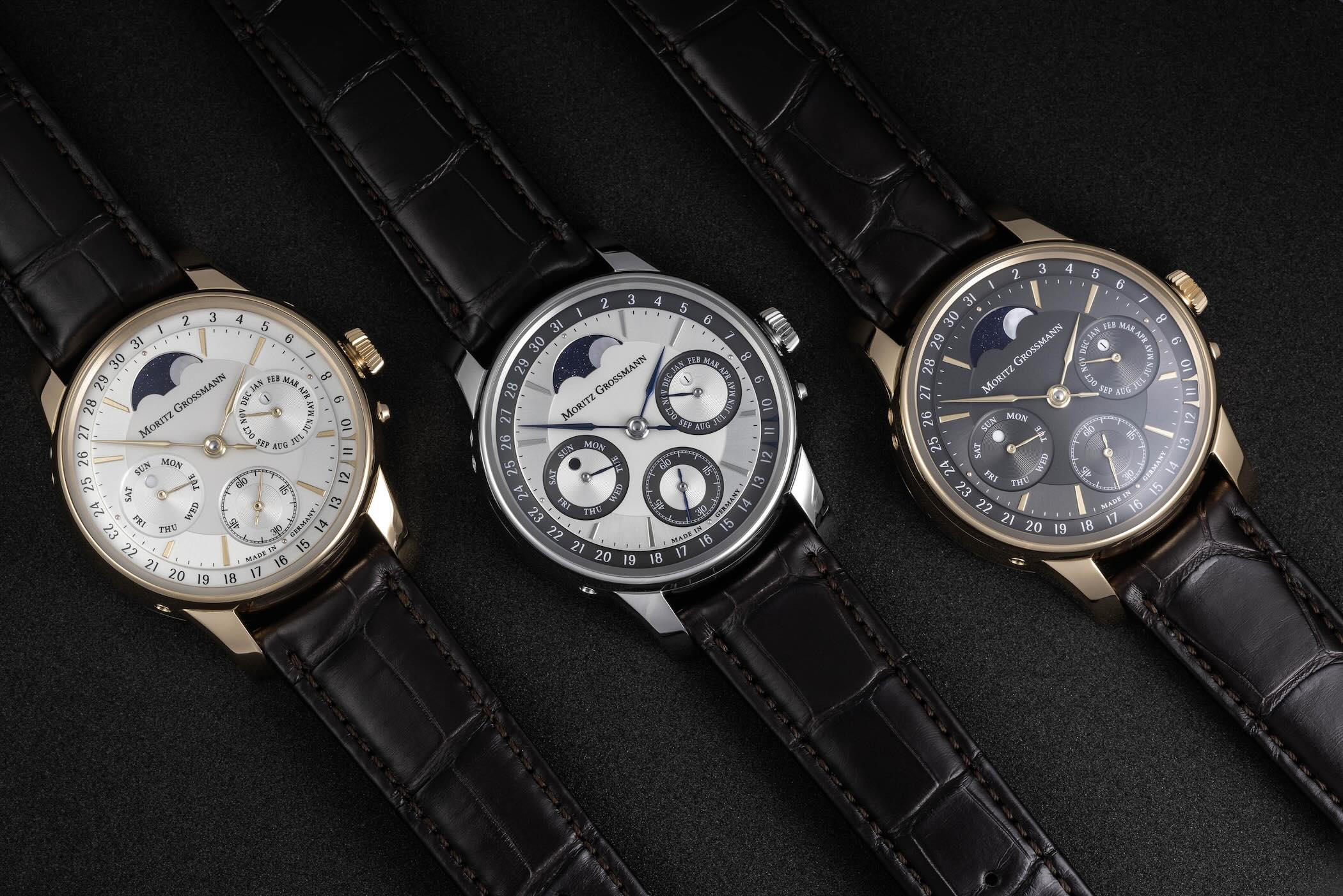
One of the founding fathers of watchmaking in Glashütte, together with F.A. Lange, Moritz Grossmann also established the German School of Watchmaking. This important name returned in 2008, when trained watchmaker Christine Hutter founded a manufacture of classically German, high-end watches. For its 17th anniversary, the brand is about to release a first: a watch based on one of the classic haute complications, the QP. Indeed, while it offers great models in its range, such as a tourbillon, an unusual GMT, or one of the most fascinating automatic watches on the market, the brand never really ventured into highly complex displays. Until now, and the launch of this new Moritz Grossmann Perpetual Calendar.
The perpetual calendar is, together with the chiming functions and the split-seconds chronographs, one of the three high complications that, when reunited, create a Grande Complication watch – in the strictest sense of the term. The perpetual calendar is a classic of fine horology, which takes into account almost all oddities of the Gregorian calendar, such as leap years. A perpetual calendar thus automatically adjusts its indications according to the varying length of the months (30, 31 or even 28 days), but also takes into account leap years with 29 days for February. As such, a QP watch that’s correctly adjusted and left running would only need one manual adjustment every 100 years, when the leap year is skipped.
Moritz Grossmann’s take on the perpetual calendar complication feels highly classic at first sight, with a traditional display and a design that brings back everything you’d expect from the brand. Let’s start with the case, which will be available in either 18k rose gold or 950 platinum. It measures 41mm in diameter and just under 14mm in height, and feels no different from most models that you’ll find in the Benu line. Sapphire crystals are found on both sides, and the case retains the collection’s classic pusher at 4 o’clock, known as the brand’s patented winder system, an ingenious device to stop dust from entering the case when the crown is pulled.
The dial of the Moritz Grossmann Perpetual Calendar, once again classic for the brand, is available in 3 colours: silver (argenté) or anthracite for the rose gold models, and silver with anthracite accents (date and sub-dial rings) for the platinum edition, resulting in a slightly more modern appearance. At first, the watch feels like a classic perpetual calendar with 3 sub-dials. However, MG here brings some clarity in how the date is displayed, using an identical system as its GMT model. Instead of being placed in a small sub-dial, the date is presented on a ring running around the dial, with a full date scale from 1 to 31 printed on it. This improves legibility compared to a sub-dial but also compared to a classic pointer date, avoiding confusion with the hours and minutes hands. The date is highlighted by a cup-shaped indicator on the outside that marks the current date by framing it.
The month and day of the week are indicated in two sub-dials (3 and 9 o’clock) with azurage finish, just like the small seconds at 6 o’clock. Each of these sub-dials has a small window in its centre, one for the leap year indication, the other as a day–night display, making it easier to link the time with the date when setting the watch. Finally, the 12 o’clock position is reserved for the moon phase indication. It is set against a goldstone background, which is illuminated by small copper crystals. Time is indicated by classic Grossmann manually crafted hands in gold or heat-blued steel for the platinum edition.
The Moritz Grossmann Perpetual Calendar is powered by the new Calibre 101.13, an evolution of the brand’s base calibre 100.1, used in most Benu models. On top of this hand-wound movement is a perpetual calendar module made of 211 components. The base movement, finished with great care and showing a 2/3 plate in German silver and a hand-engraved balance cock, runs at 18,000 vibrations per hour and stores 42 hours of power reserve. There are some evolutions, however, with a simpler, optimised stopwork, an integrated manual winder and an escape wheel bearing integrated into the barrel bridge. The QP is adjusted using correctors in the caseband, with the addition of a sum corrector (if the watch goes a few days without being wound, this pusher is all the wearer needs to revise the date since the day-of-week, month and moon phase indicators will all follow automatically.)
Worn on a dark brown alligator strap with a matching prong buckle, all three editions of the Moritz Grossmann Perpetual Calendar will be released as part of the permanent collection. The gold editions will retail for EUR 83,000 and the platinum version for EUR 91,800.
For more details, please visit www.grossmann-uhren.com.


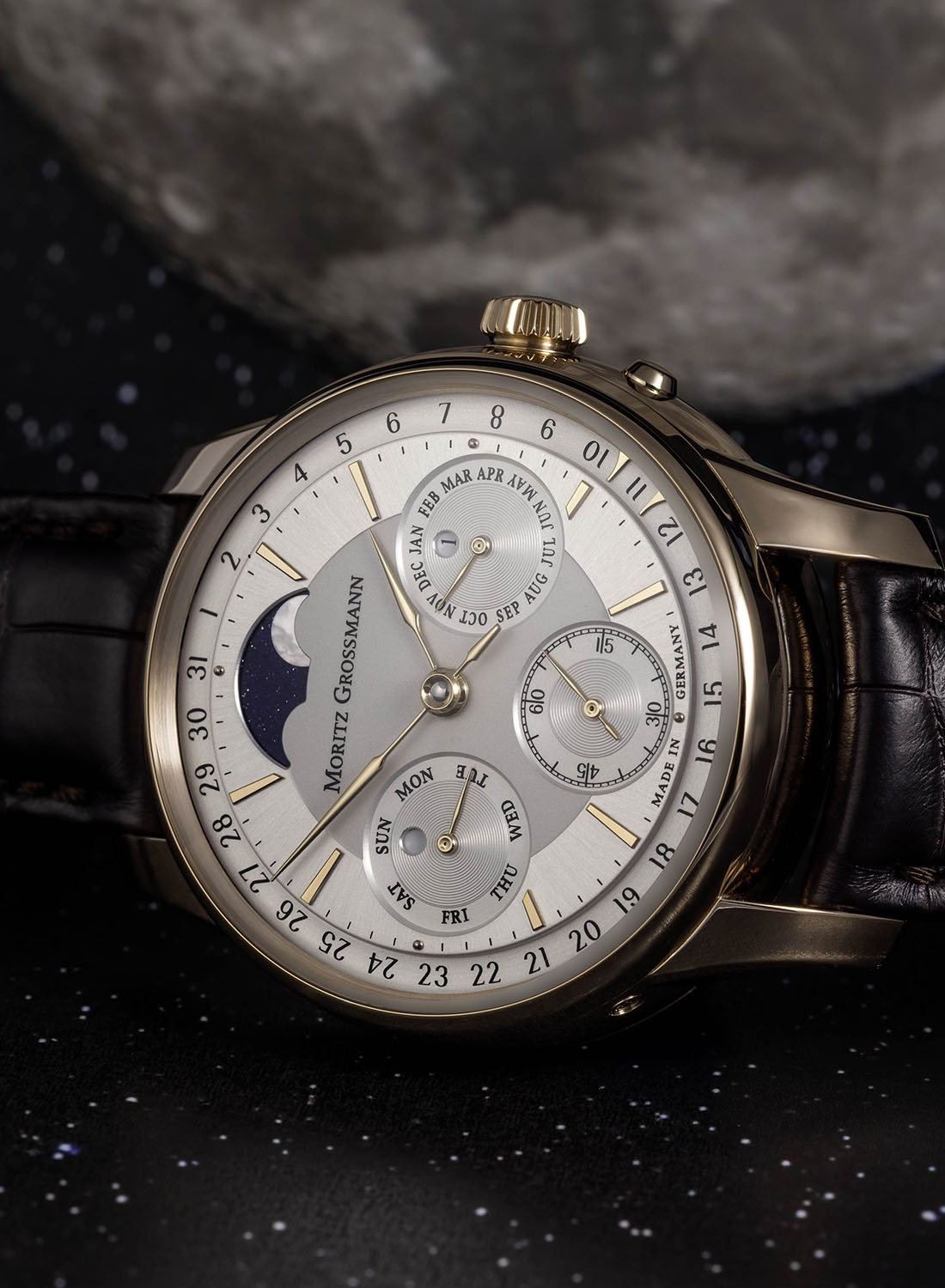
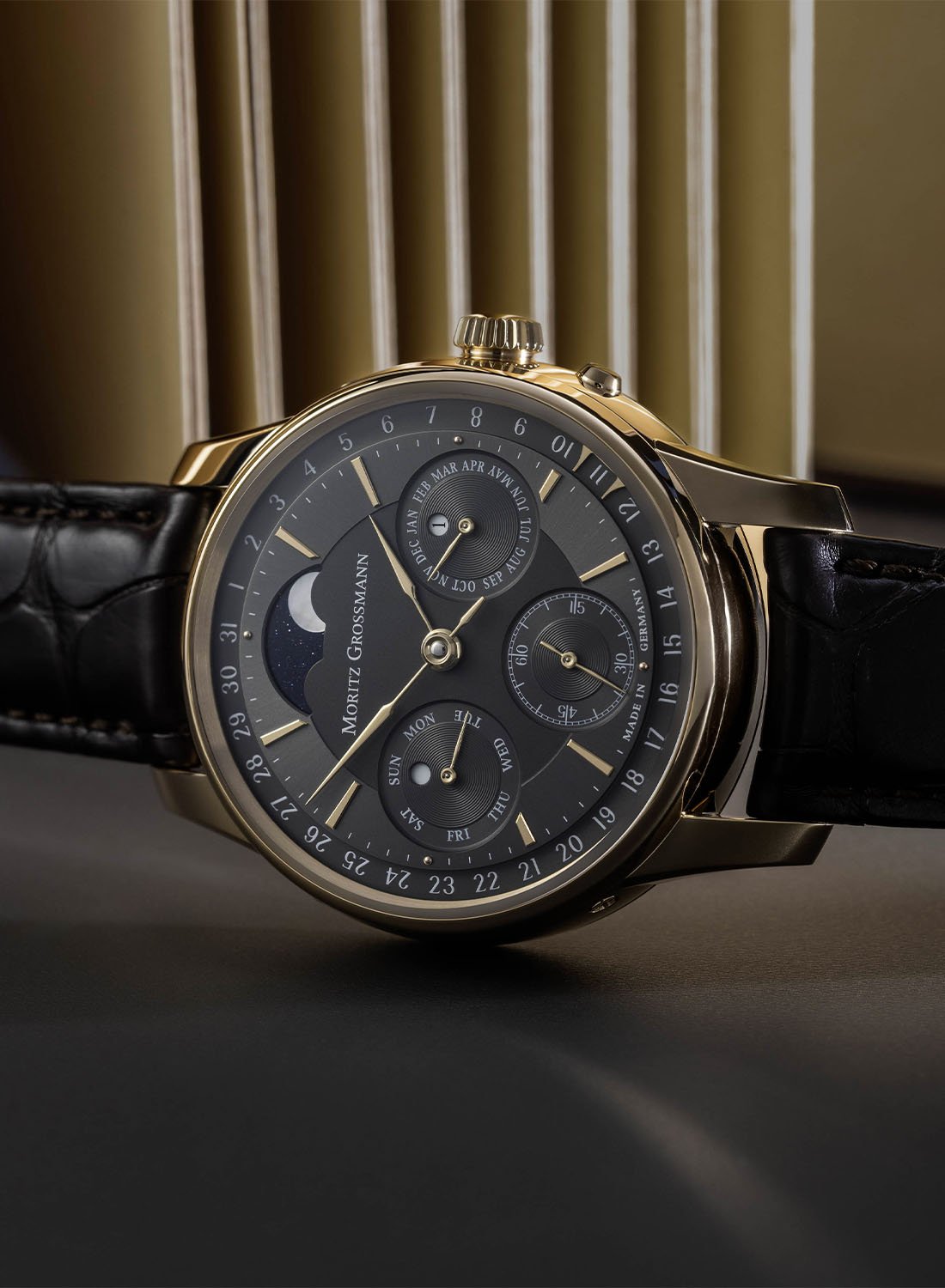

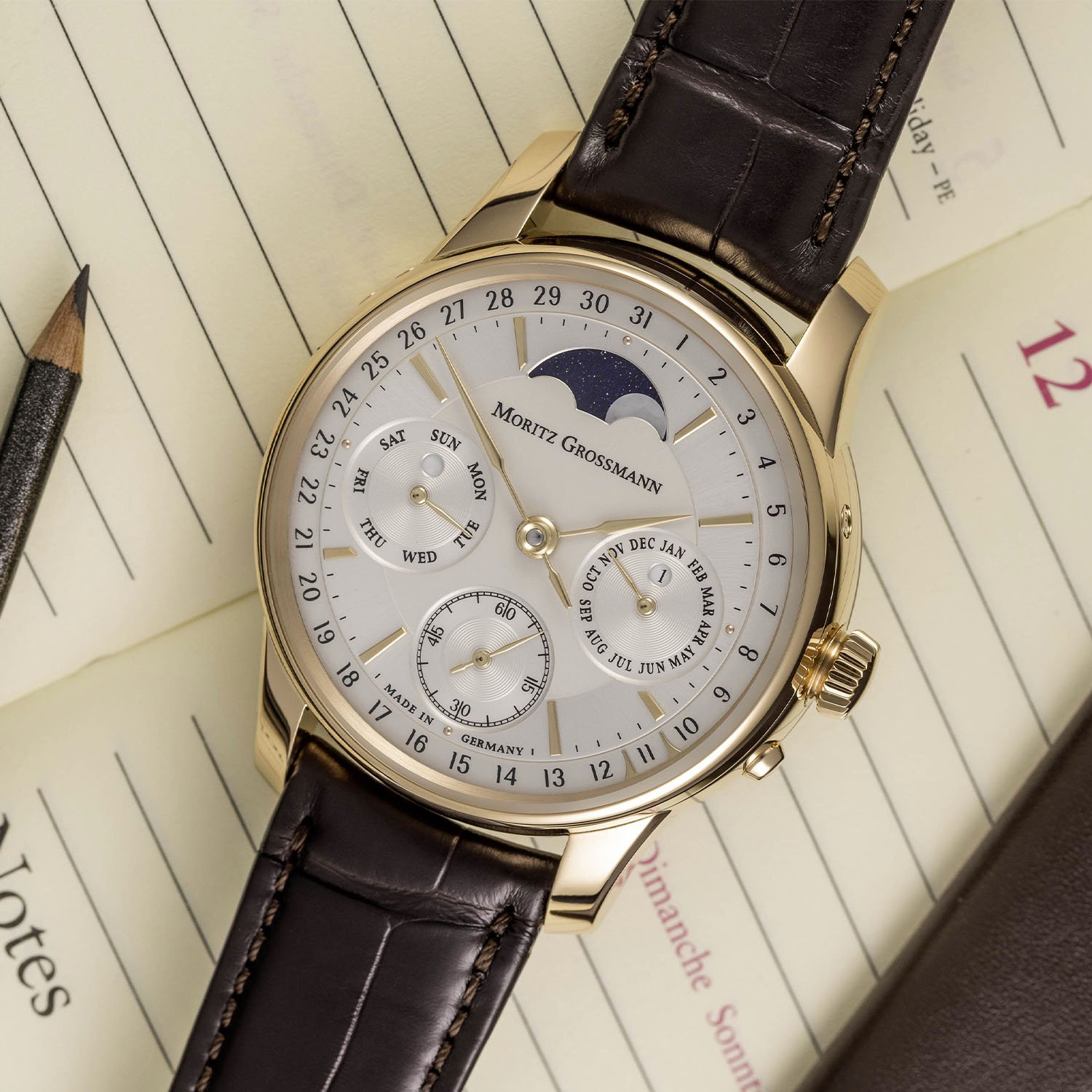


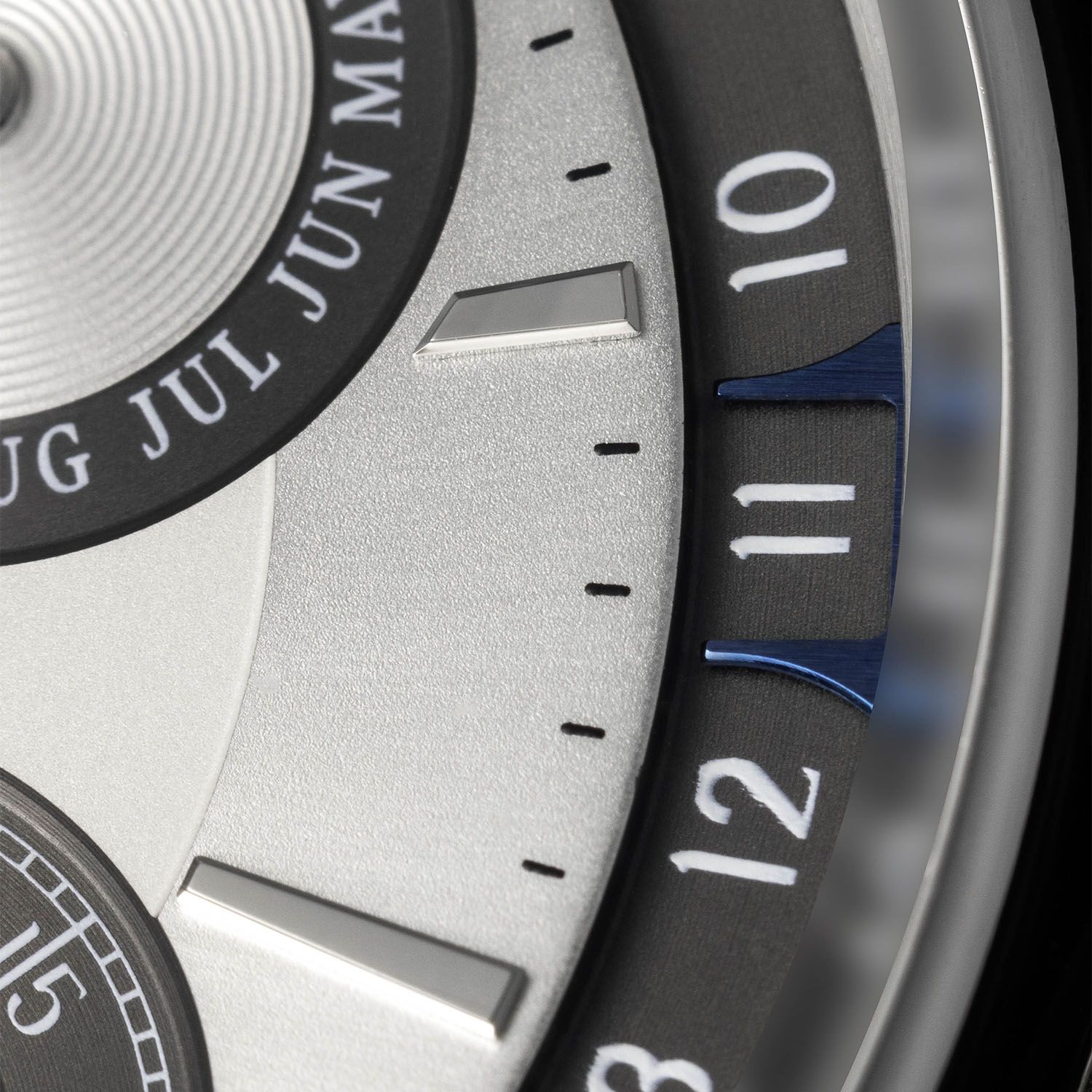
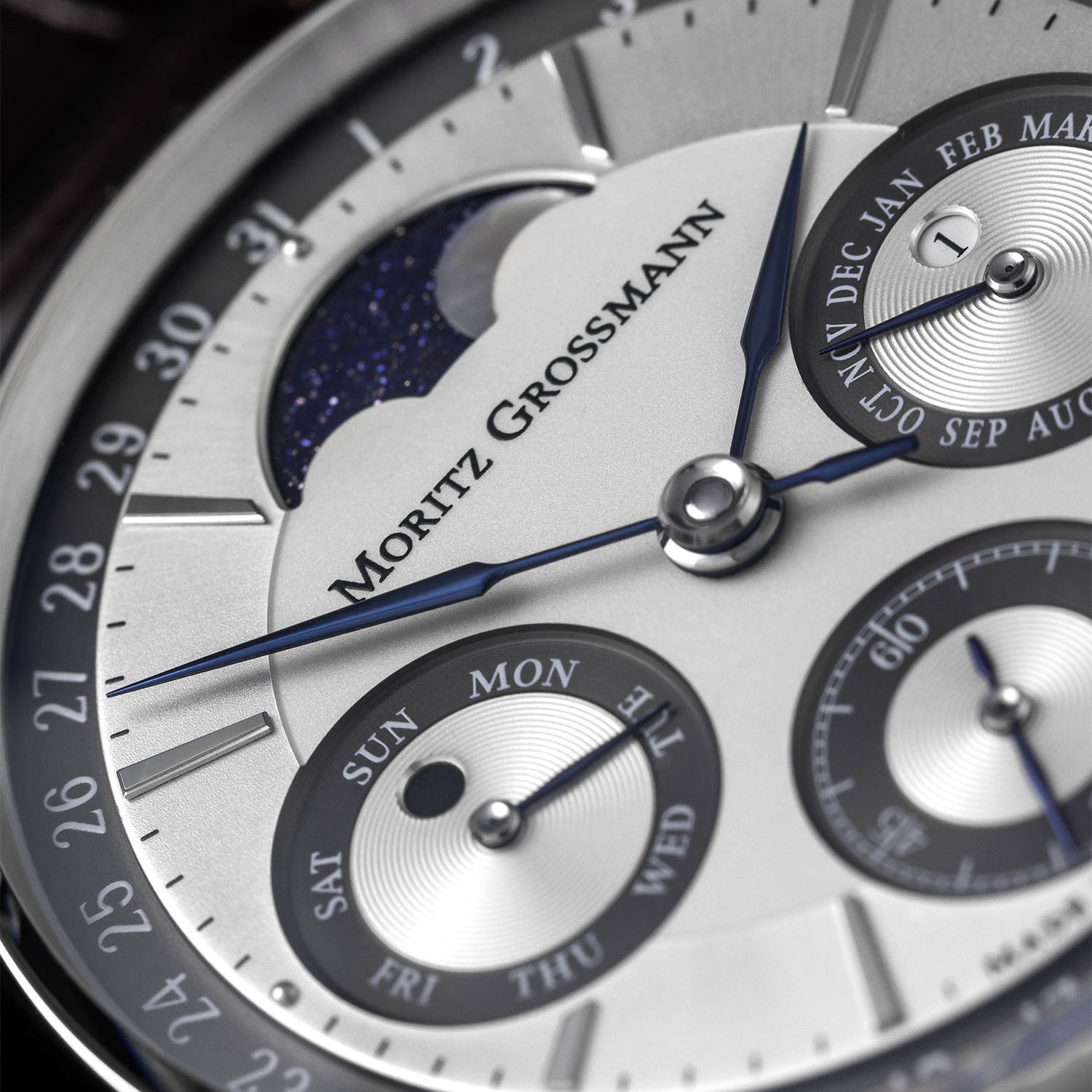
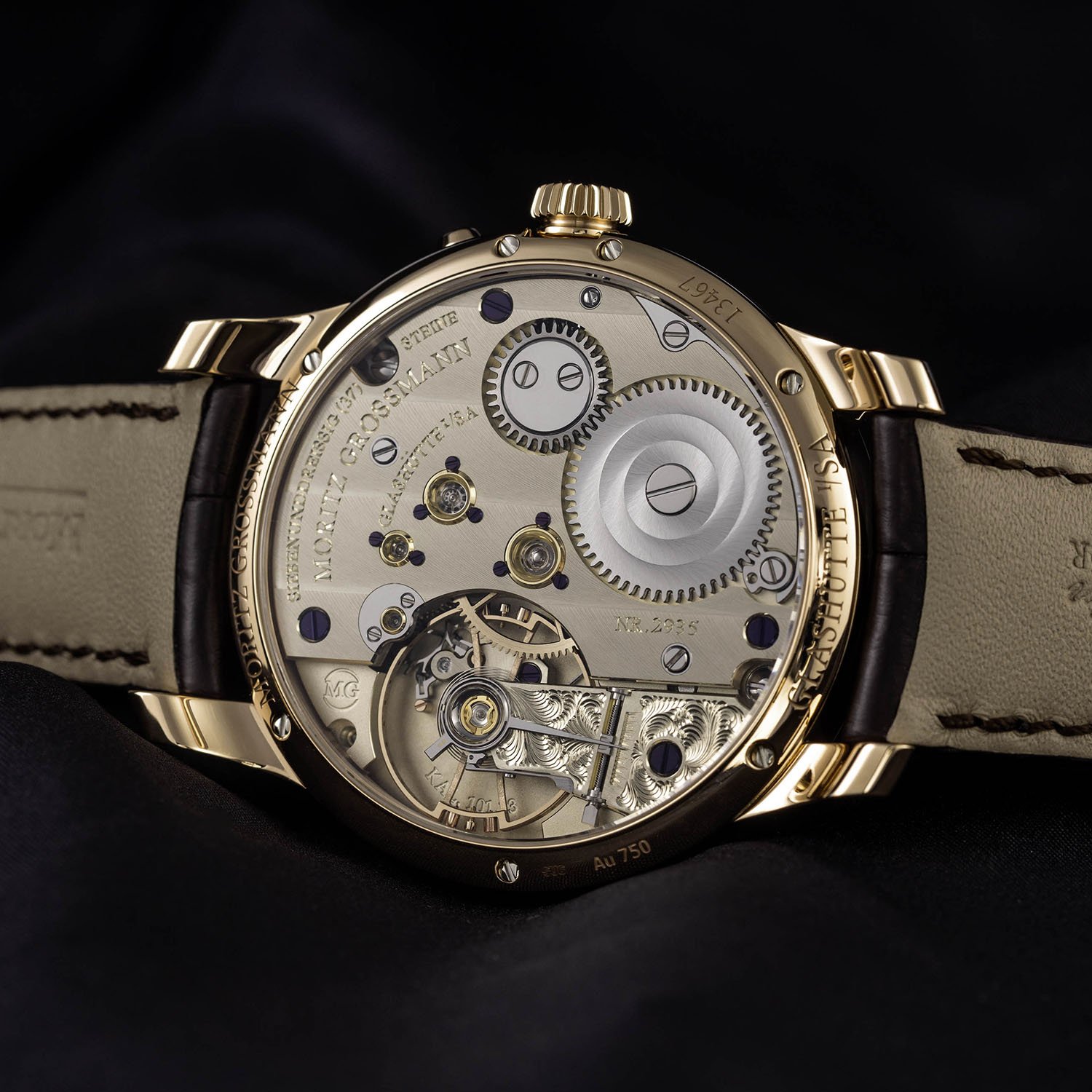
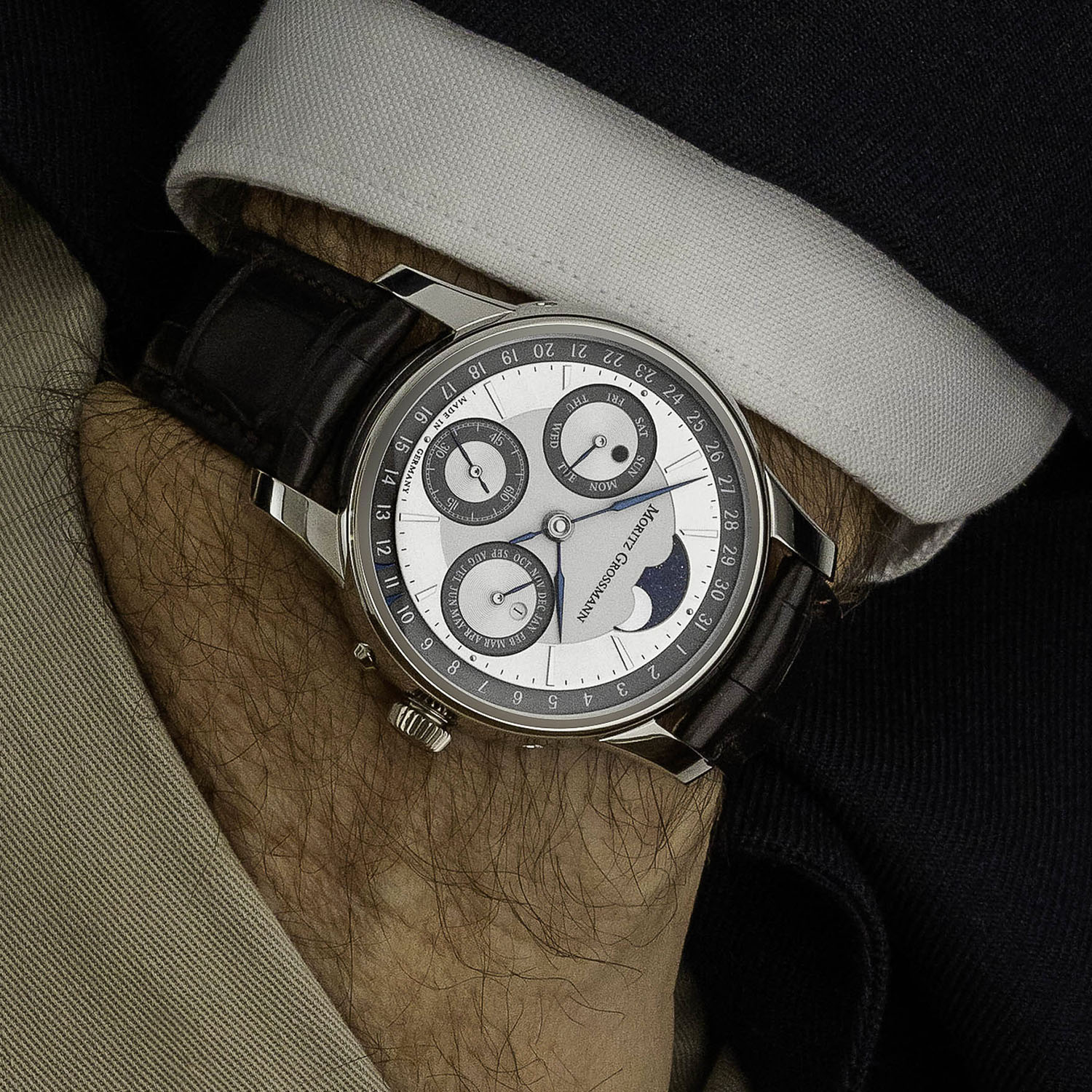

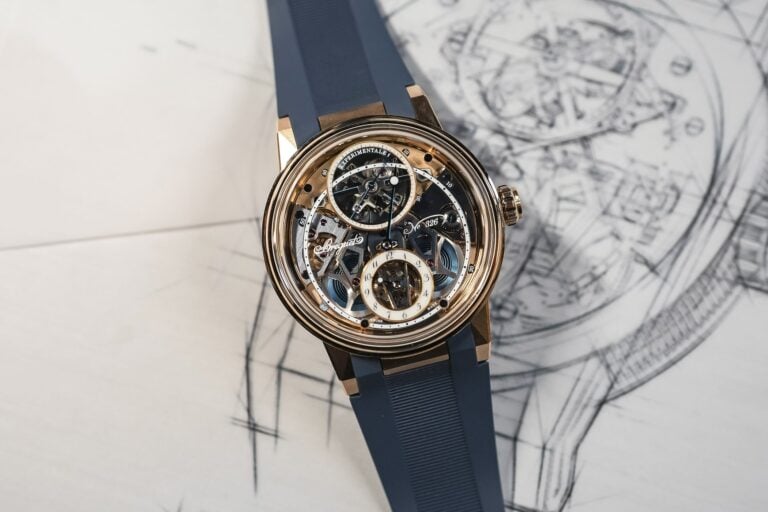
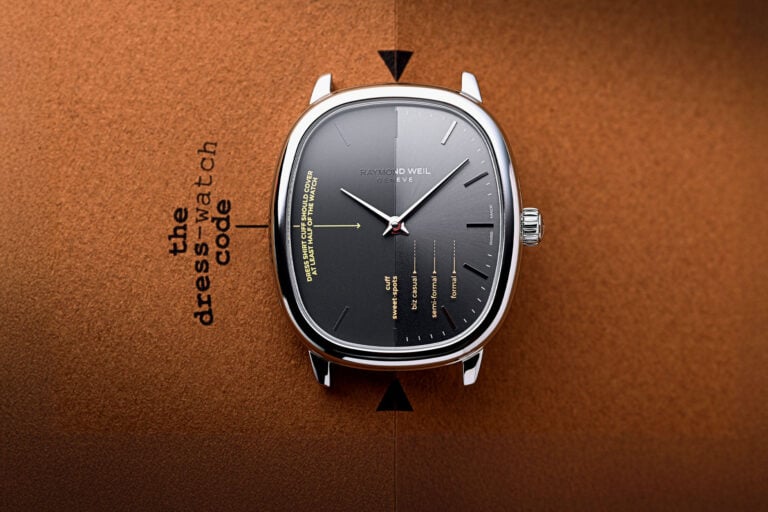
4 responses
The level of execution is beyond critique, but the overall feeling is a bit… dare I say… mall watch?
I think it’s beautiful but not sure I understand using a manual wind movement for a perpetual watch. Kind of defeats the purpose since you’d have to advance the watch to the correct date if you choose to stop wearing it.
The execution and finishing of the watch is top notch. But I have never understood the appeal of a manual wind for a perpetual calendar! Also, the 13mm+ thickness of the watch puts into perspective the appeal of classics like PP 3940 at ~8mm thickness.
Superb watches, as always! May be the thickness seems unusual for a “dress watch”. On the other side the watch gets more wrist presence. @Matt M: I think, perpetual calenders don’t need to have automatic movements, unless the watch is worn permanently. If not, the watch stops sooner or later, whatever power reserve it has. For that the sum corrector is a really useful innovation and a game changer, every perpetual calender should have! Well done, MG!